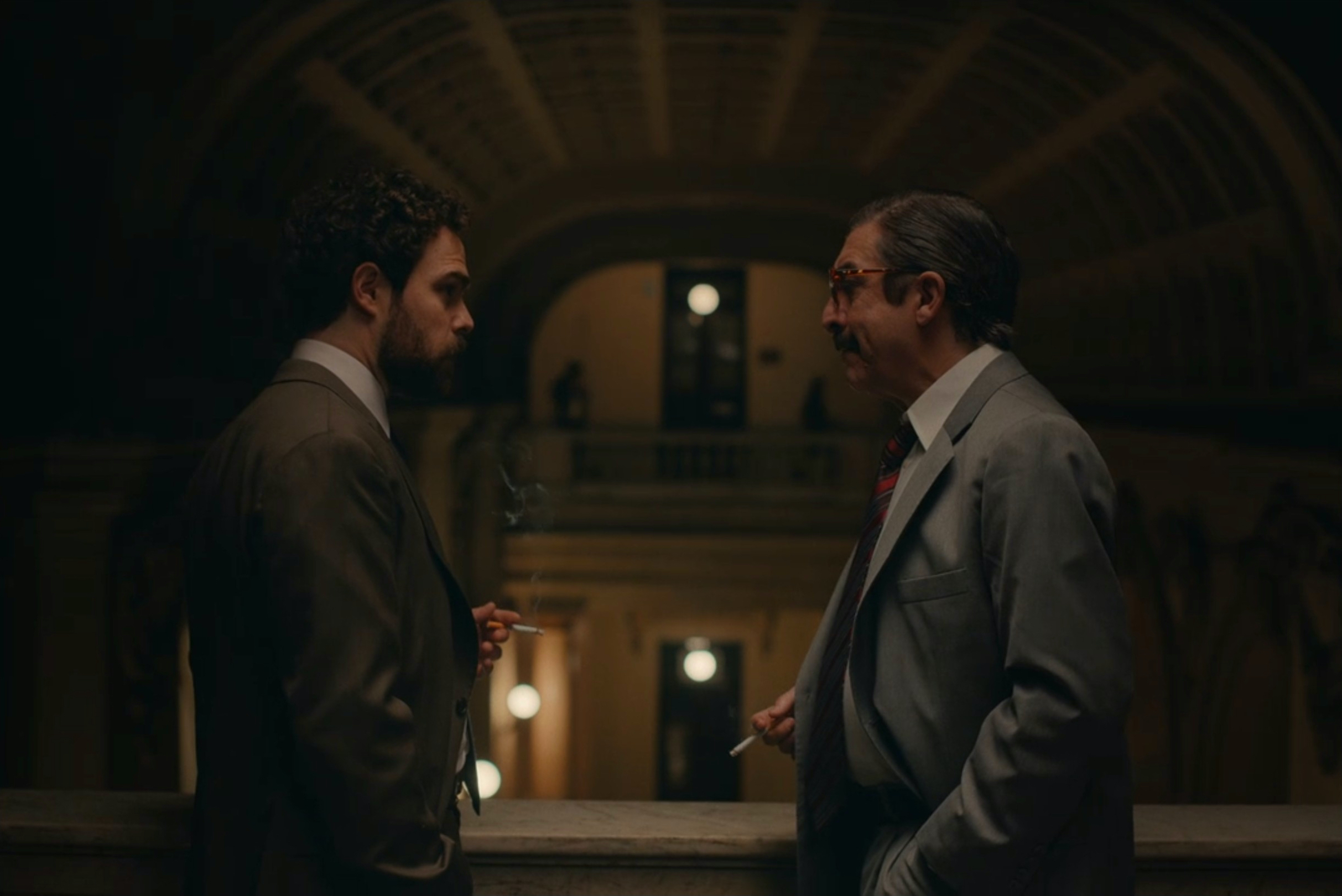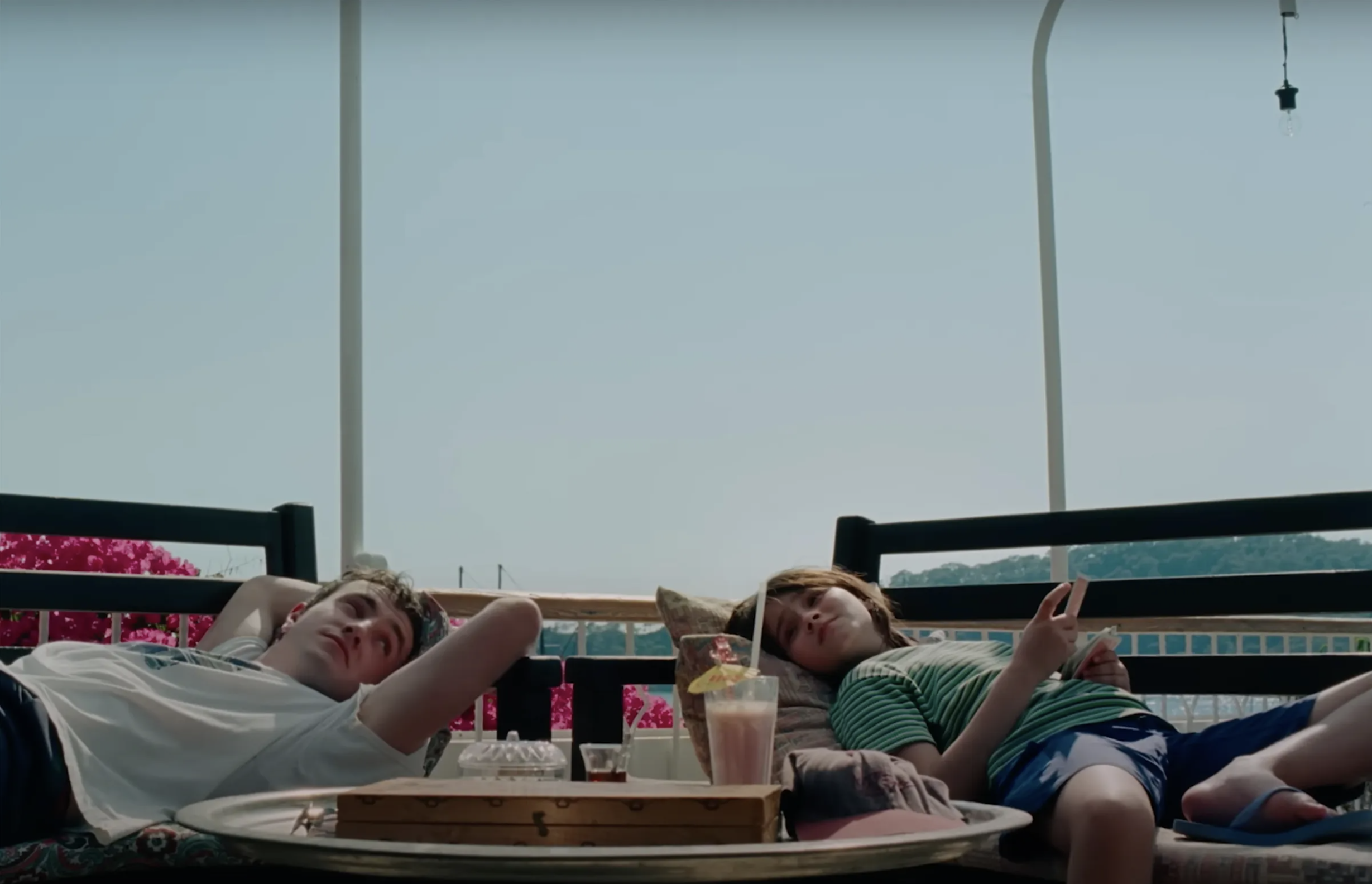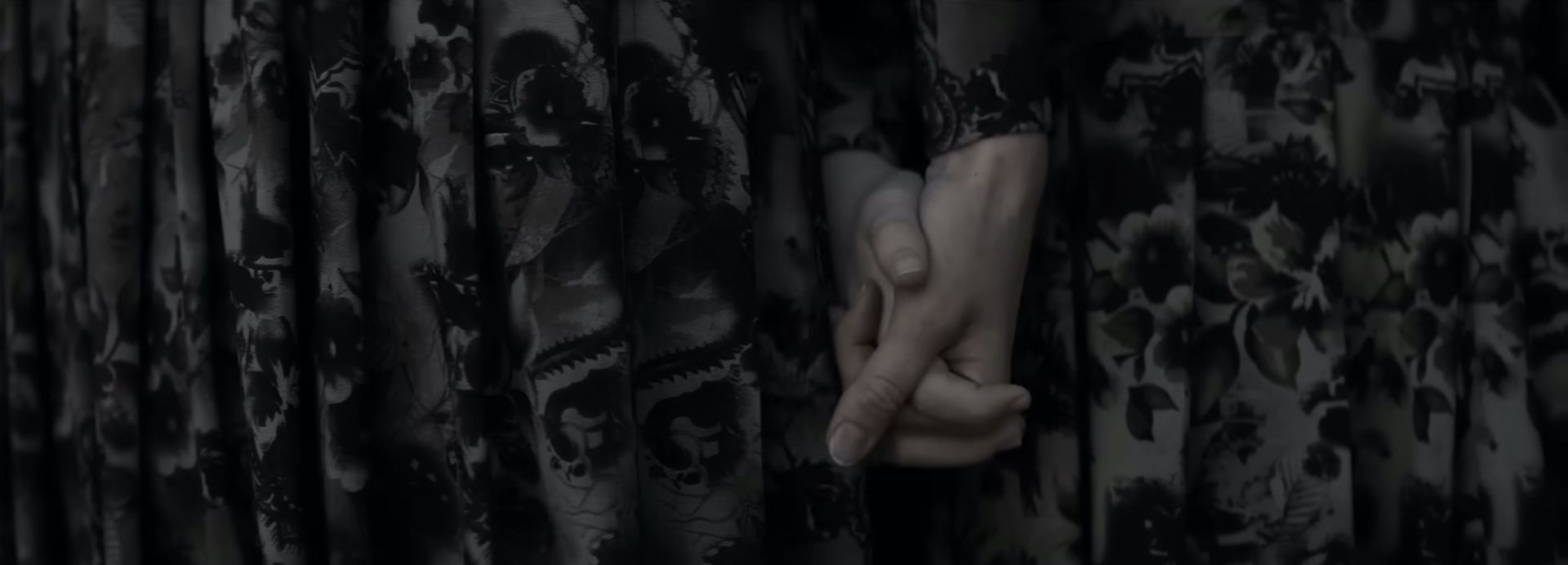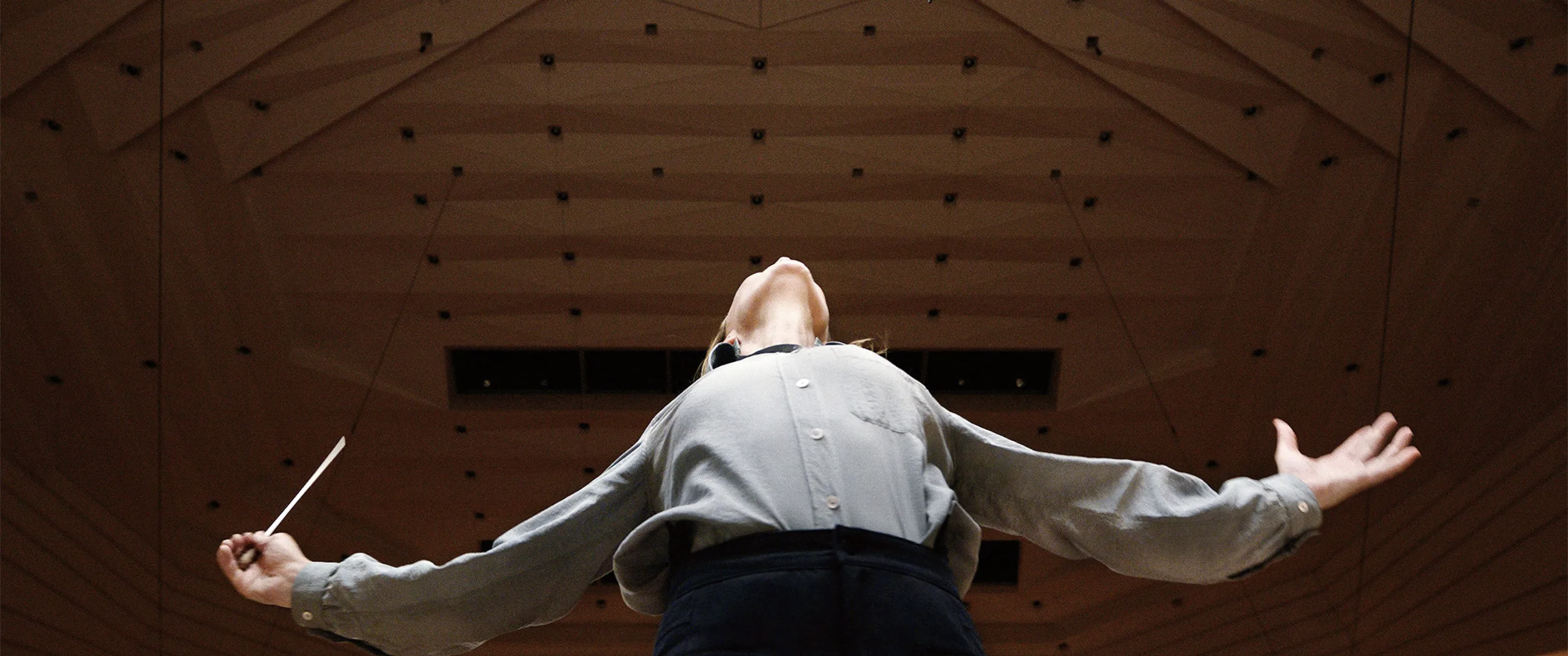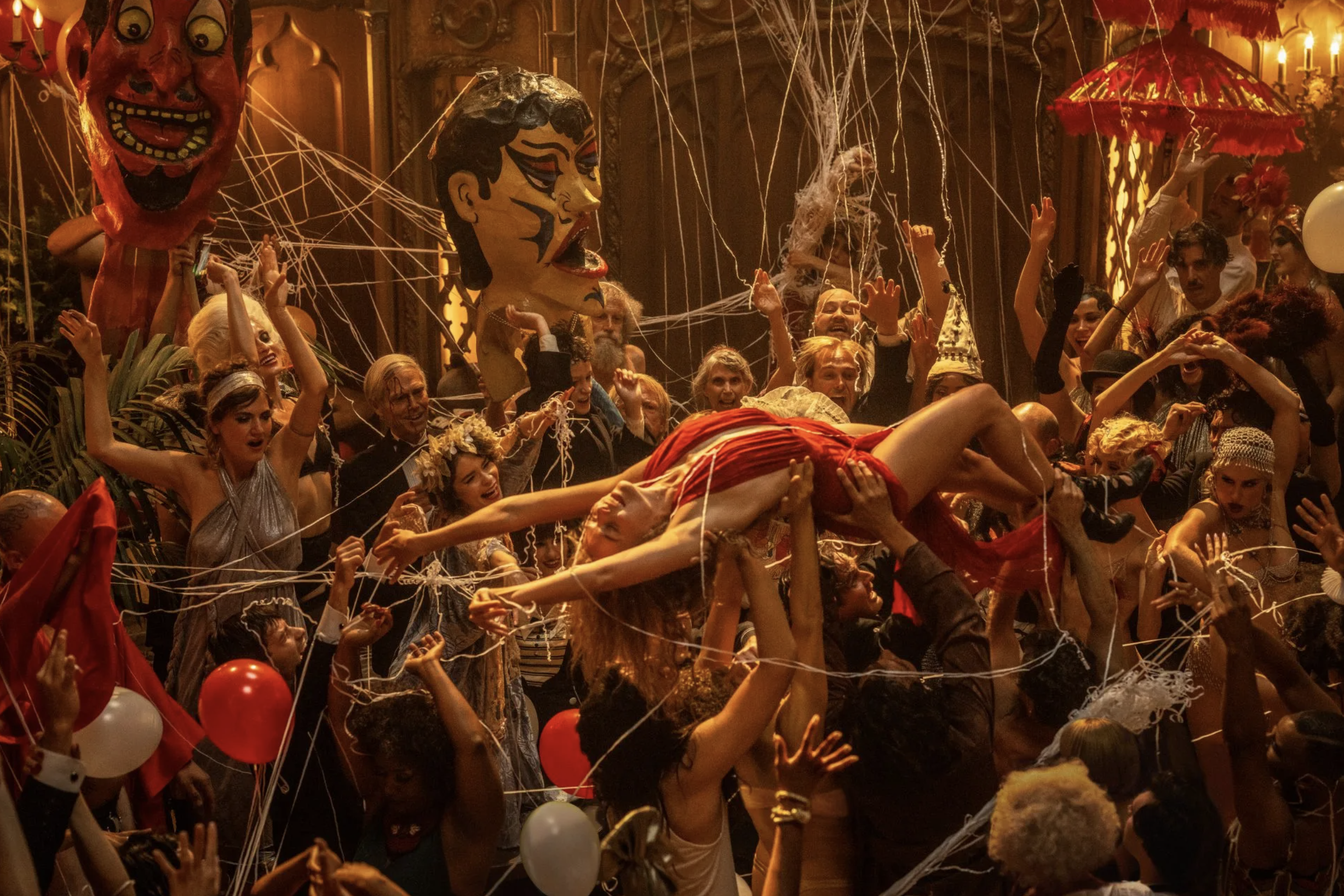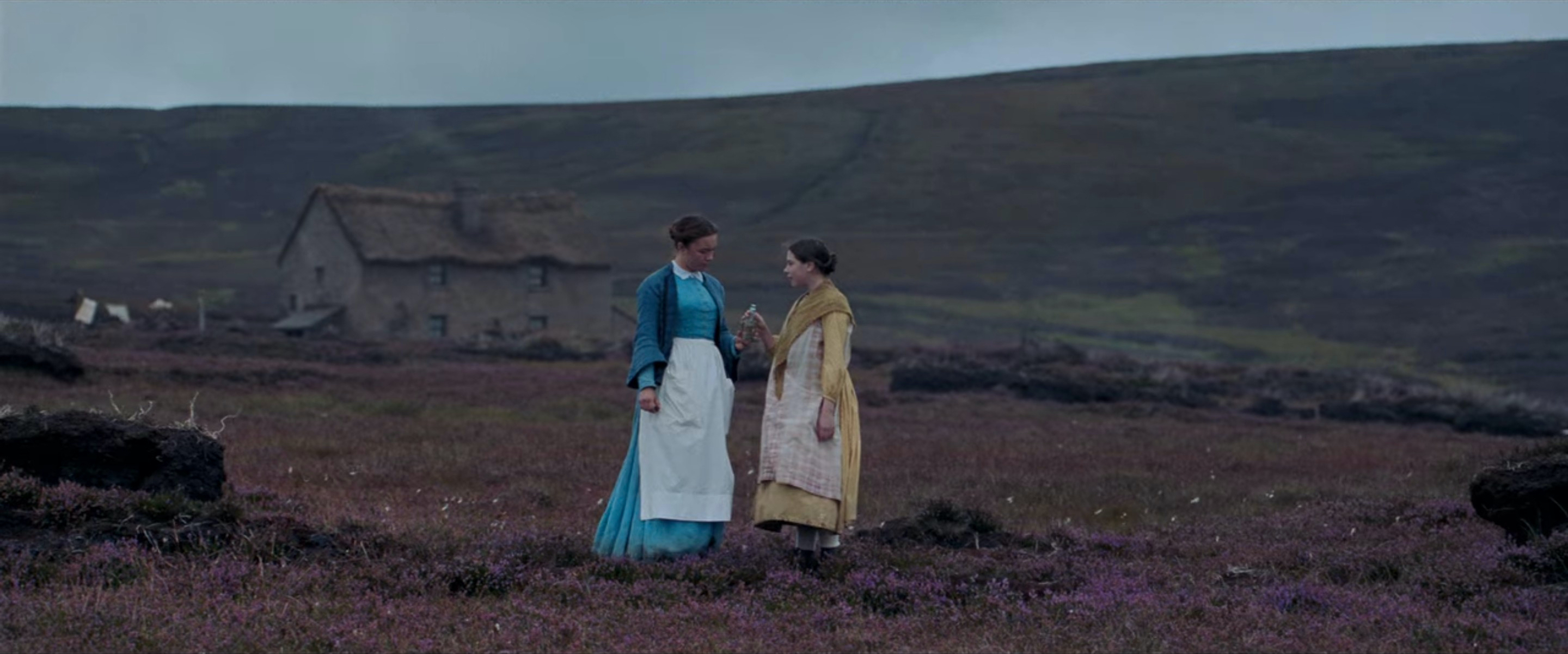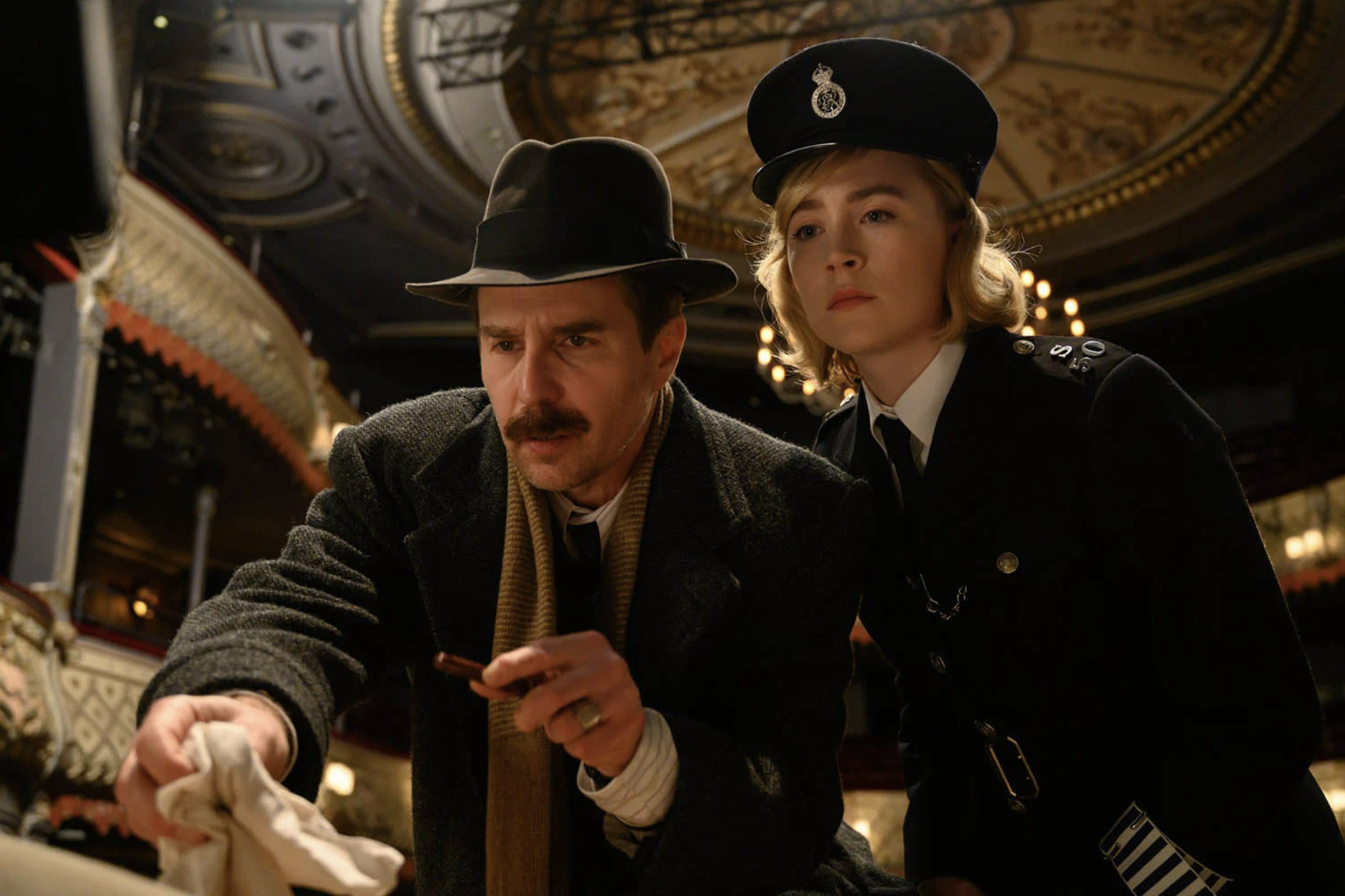Argentina, 1985 (2022)
Argentina, 1985 takes creative liberties in dramatising the first legal conviction of a military dictatorship, but there is a sincerity baked into its performances and direction which offer its subjects a forthright compassion, reframing the nation’s political legacy as one of democratic victory over fascism.

